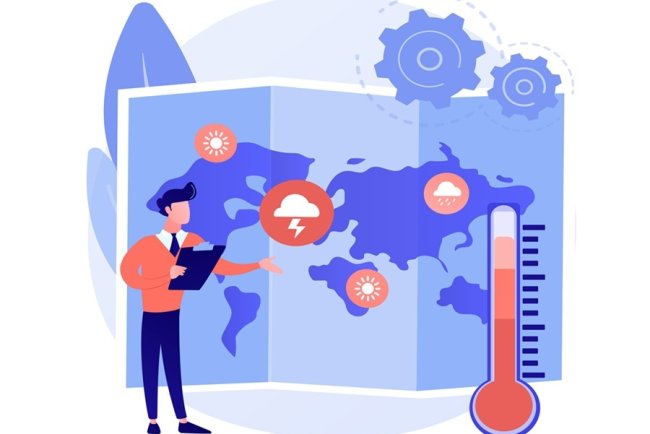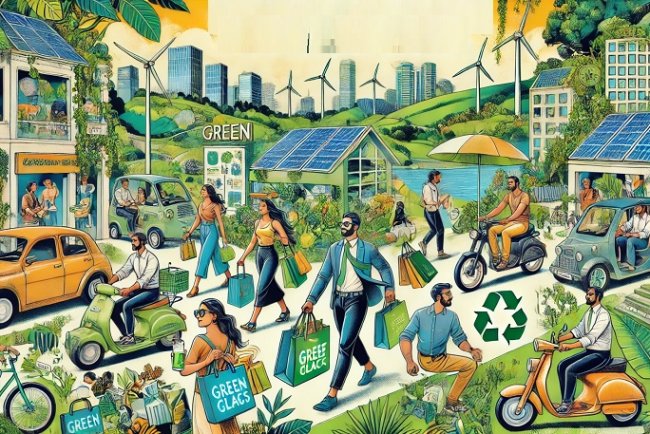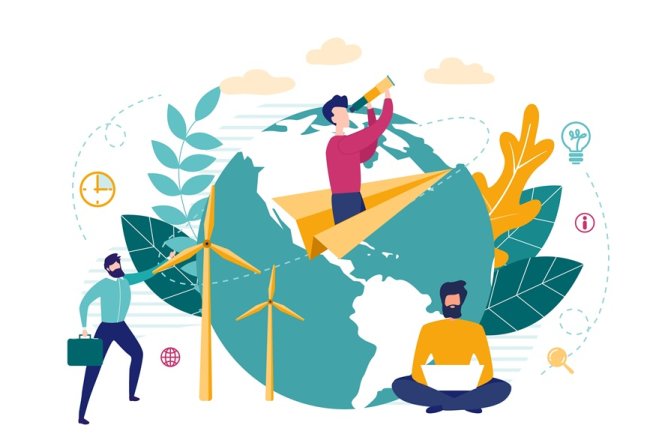How Paper Innovation Will Power The Next Decade Of Packaging
Where convenience and low cost defined the past, power and responsibility will define the future. Paper, in its new and developing forms, is best positioned to define that future, writes the author

The packaging sector has undergone a revolutionary change over the past decade, fueled by increasing global concerns regarding climate change, plastic waste, and the circular economy. The change has compelled governments and businesses to reimagine the packaging, storage, and transportation of daily goods. Amid all the alternatives to conventional plastic, paper takes the top spot; not as a mere replacement, but as a viable option that indeed offers a chance for innovation in green packaging.
Leading the Change to Sustainability
Plastic pollution is the largest environmental issue of our times. India produces over 3.4 million tonnes of plastic waste every year, the overwhelming majority of which is one-time use and finds its way into landfills or water bodies. This context has brought policy revolutions in the form of Extended Producer Responsibility (EPR) and a ban on particular single-use plastics. These aim to trigger an accelerated shift towards sustainable materials.
Paper, being renewable and biodegradable, is an ideal fit for this new path. With green production and sourcing, paper packaging supports environmental targets with reduced environmental impact, recyclability, and compostability.
Revolutionising Packaging Materials
Old-fashioned paper packaging has also long been often assumed to be less sturdy than plastic. But some innovations continue to break that illusion.
● Water-, oil-, and grease-proof barrier coatings and treatments render paper water-, oil-, and grease-proof, allowing it to be utilised in food delivery, frozen foods, and liquid packaging.
● New high-strength paper grades are being created, and brown paper is increasingly used in the carry bag and online shopping packaging market.
● Lightweighting technology lowers supply chain carbon emissions, costs, and material weight without sacrificing strength.
These paper innovations demonstrate that paper is no longer limited to cartons, posters, or simple wraps. Paper is increasingly a highly flexible substrate capable of meeting the demands of modern supply chains and consumer lifestyle requirements.
Meeting Consumer Needs
Nowadays, customers perceive sustainability as a part and parcel of what is available; it influences buyers' consumption. Studies indicate, more consumers opt for such products, which employ green packaging. Visual signals such as paper bags, recycling containers, or compost covers convey a sense and appeal to sustainable consumers.
The next decade will, nevertheless, see paper packaging perform the double: safeguarding the product safely and, as a differentiator, as a brand. High printability of paper, for instance, allows companies to communicate their sustainability story on the package itself and combine functionality with customer engagement.
The push towards a Circular Economy
One of the best aspects of the paper is that it has the potential to be used with the principles of the circular economy. Even though multi-layered plastic is not recyclable, paper in most nations, including India, has a recycling process in place. That is to say, recovered fibres may be recycled and returned to the loop of production, reducing the demand for resources.
Secondly, paper packaging can be made to be in line with biodegradable waste programs, especially in urban centres where conventional application of composting organic waste is gaining popularity. Compliance in this respect minimises landfilled waste and supports carbon footprint saving objectives.
Problems to Be Addressed
While it is convenient to use paper packaging, it has some disadvantages as well. Mass consumption requires purchasing in a manner that prevents overbundling of the forest from unregulated consumption. Businesses should invest in certification and responsible use of the forest so that any potential environmental benefits are not eroded through clear-cutting.
Although packaging paper has become more competitive, in some applications it remains more costly than plastic. Gaps are filled by policy incentives, economies of scale, and ongoing innovation.
Ultimately, educating customers will be vital. While paper is biodegradable, it is still obtaining efficiency from waste and disposal systems. Habits and awareness of recycling will be paramount in maximising paper innovations.
The Future of Sustainable Packaging
Over the next decade, the future of packaging will be driven by how successful industries are at incorporating sustainability. With new technology, renewable supply chains, and in accordance with shifting consumer behaviour, paper can do more than merely replace plastic; it can be the driver of a packaging revolution based on sustainability.
Where convenience and low cost defined the past, power and responsibility will define the future. Paper, in its new and developing forms, is best positioned to define that future.
Views are personal
What's Your Reaction?
















